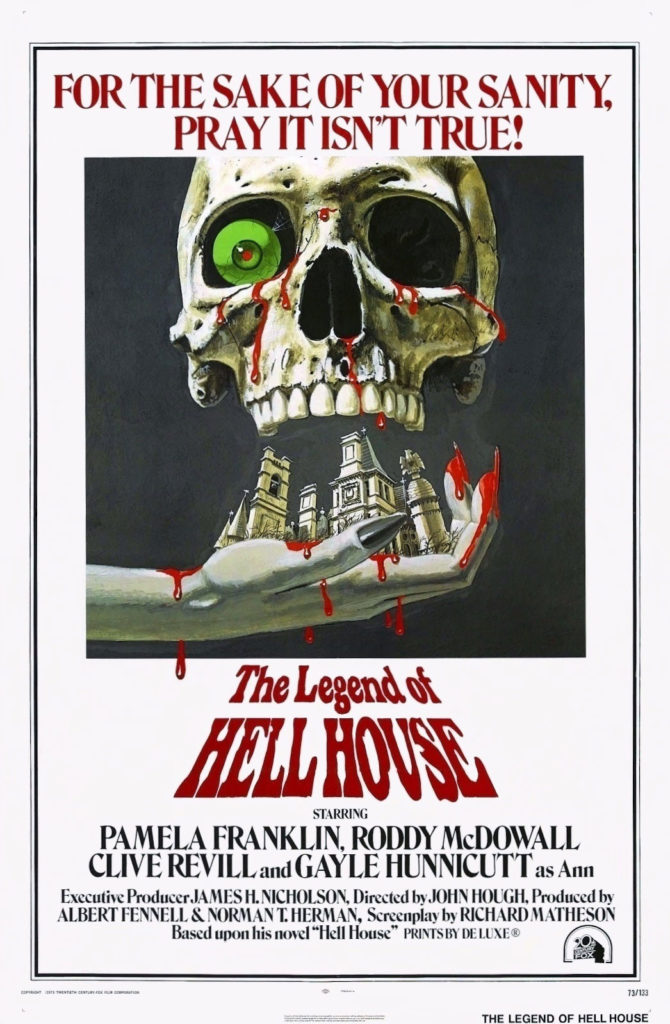There is more content out there than one can possibly experience, and this was true in the days before the web, as well. That’s how an odd psychological horror flick like Crucible of Horror can become largely forgotten, its prints left to decay, its copyright allowed to lapse. The film hasn’t been completely forsaken by the entertainment biz, however. There is a fully restored Blu-Ray version out there, but most versions consist of dismally cared for prints on VHS and older DVDs, formatted for CRT televisions, and with much footage missing. The version I watched for this review had the picture and missing footage restored, but is a 1.33:1 print cropped to widescreen. Maybe someday the version used in the Blu-Ray will become available to stream, but for now this less-than-perfect version is the best streamers can get. Continue reading “Crucible of Horror, aka The Corpse”
Some of Those Responsible: Michael Gough
The Phantom of the Opera (1962)
Hammer’s version of The Phantom of the Opera may not look it at first, but it is a very significant film in the history of cinema. There have been many, many adaptations of Gaston Leroux’s Le Fantôme de l’Opéra — the most famous being the Andrew Lloyd Webber musical from 1986. But this film, from two and a half decades earlier, was the first Phantom adaptation to feature the phantom playing Bach’s Toccata and Fugue in D minor. That simple decision on the part of the filmmakers to have the phantom banging away on an organ in one scene was the birth of a trope that has crept up in movies, television, and even videogames on a regular basis. Whenever a viewer sees a shadowy figure hunched over an organ and it spits out Bach, it’s all because of this movie. Continue reading “The Phantom of the Opera (1962)”
Dracula (1958), aka Horror of Dracula
It has been over a hundred and twenty years since Bram Stoker’s groundbreaking vampire novel was published. In that time, the titular character of Dracula has been put to film dozens of times. Every generation gets its own version of the tale. There’s just something about Dracula. The genre of horror itself is drawn to the character like one of his hapless victims. One can be sure that no matter what kind of just fate befalls Dracula in these films, it is only a matter of time before he returns. Continue reading “Dracula (1958), aka Horror of Dracula”
Batman & Robin
Ah, Batman & Robin, the movie that killed the Batman film franchise. I get it. After the Batman comic books took on a darker tone in the late ’80s, it was only natural that the new films that began with Tim Burton’s Batman would become more serious and less campy. Batman, his character and his fictional world, had changed. I also get what the director of this film, Joel Schumacher, was trying to do. He understood the character of Batman from a different era. When he chose to craft a Batman movie he chose to do so in the form of a costume ball. Bright colors, festive music, outrageous outfits — its participants are all out for a wonderful night on the town, and all seem to be in on the joke. This was the Batman from the comics, just not the right Batman comics. Continue reading “Batman & Robin”
The Legend of Hell House
 The fear that we create in our minds in anticipation of unpleasant events is more often than not more powerful than the event itself. Also, the actions of unseen forces are more unsettling than those by forces we can see, and can thus relate to and understand. Along these lines, in horror cinema, the most frightening ghosts are of the unseen variety. They make their presence felt by being menacing, by toying with those who trespass on their realm. They make noise. They bang, shuffle, and walk loudly across hardwood floors. They spark chills and cold winds. They speak, threaten and cajole. Eventually they move things around, simply and quickly, such as doors opening and closing by themselves, books falling off of shelves, etc. It’s usually around here that the separation is made between good ghost films and bad ghost films.
The fear that we create in our minds in anticipation of unpleasant events is more often than not more powerful than the event itself. Also, the actions of unseen forces are more unsettling than those by forces we can see, and can thus relate to and understand. Along these lines, in horror cinema, the most frightening ghosts are of the unseen variety. They make their presence felt by being menacing, by toying with those who trespass on their realm. They make noise. They bang, shuffle, and walk loudly across hardwood floors. They spark chills and cold winds. They speak, threaten and cajole. Eventually they move things around, simply and quickly, such as doors opening and closing by themselves, books falling off of shelves, etc. It’s usually around here that the separation is made between good ghost films and bad ghost films.
Good ghost films try their best to maintain the creepiness of an unseen entity’s actions, even while the audience is quickly growing accustomed to being in a haunted house or hotel, or wherever. Bad ghost films just chuck all restraint and set up a titanic battle between good and evil, slave to special effects under the belief that seeing a big bad scary ghost in an explosive finale is what the audience craves after spending the first half of the film scared out of their wits. Continue reading “The Legend of Hell House”
